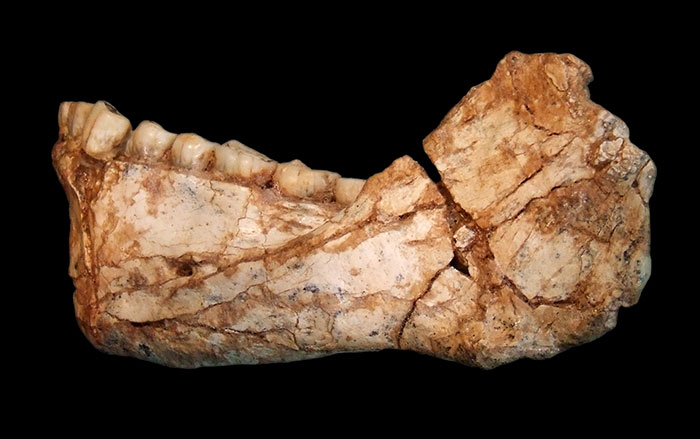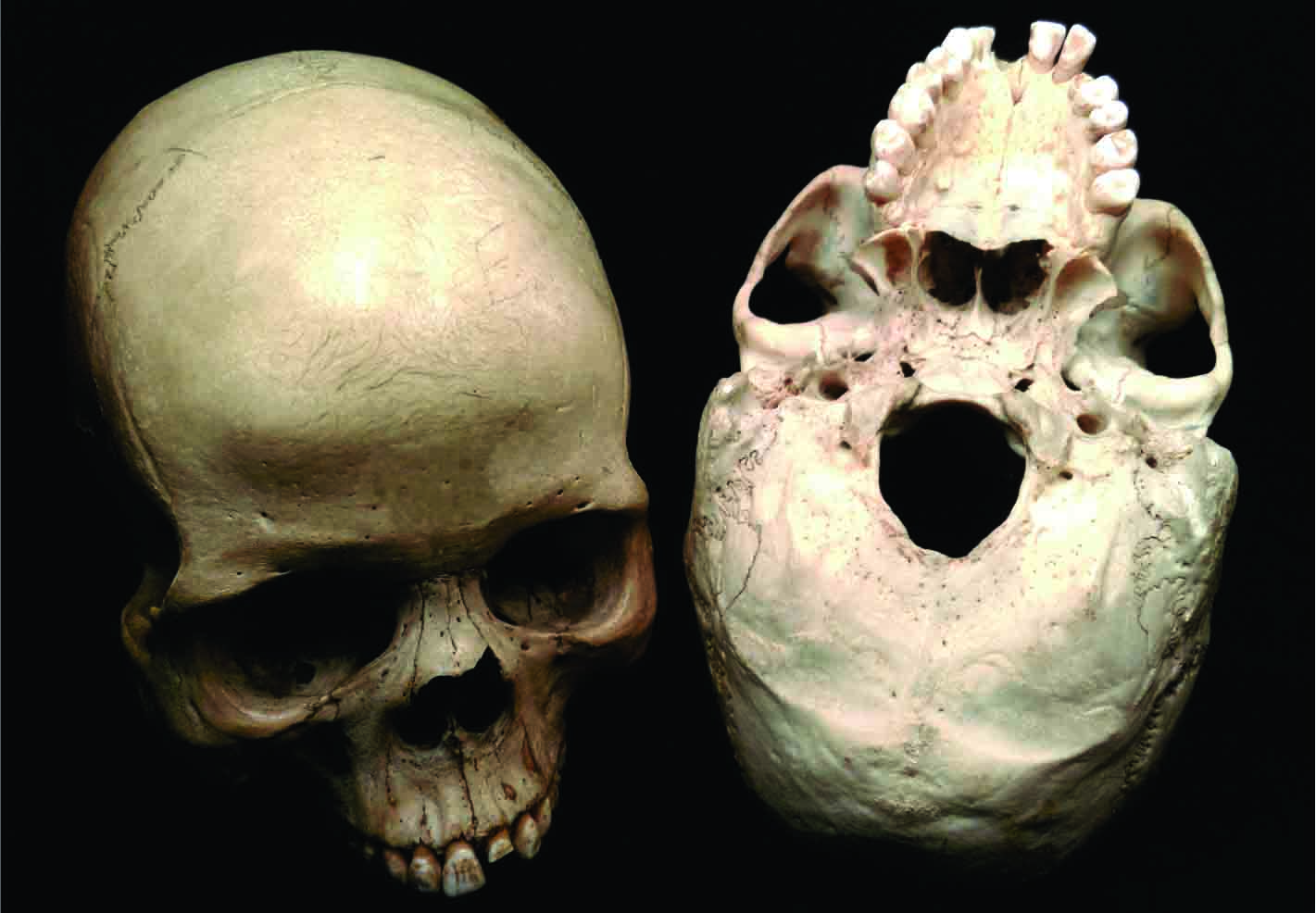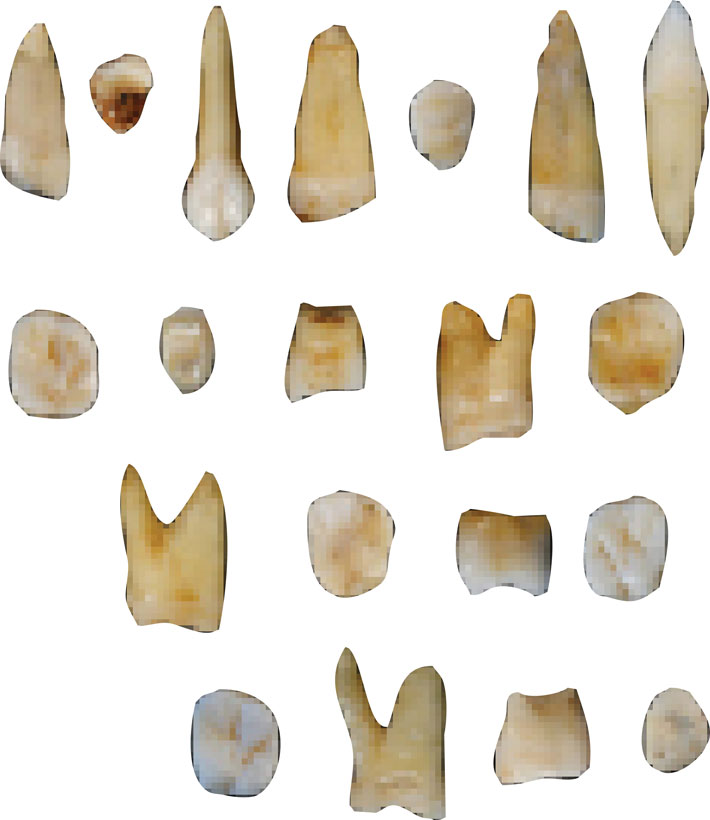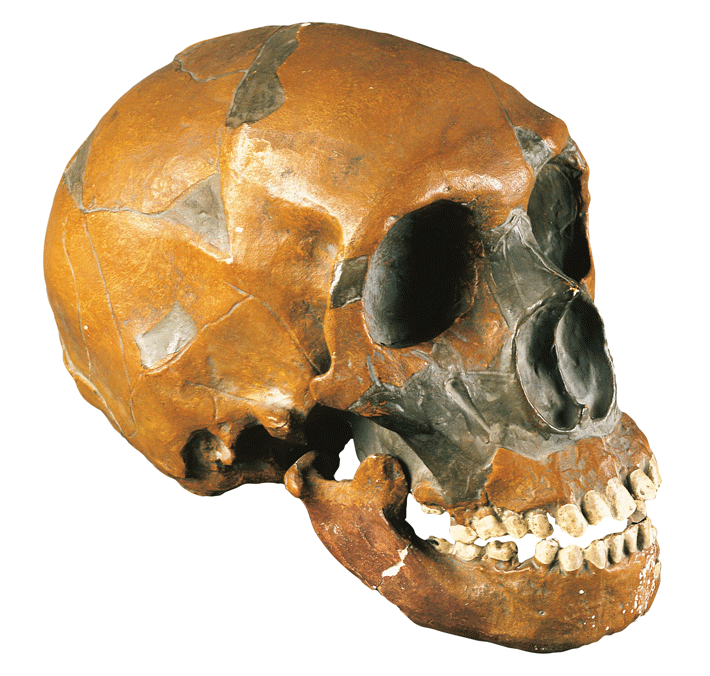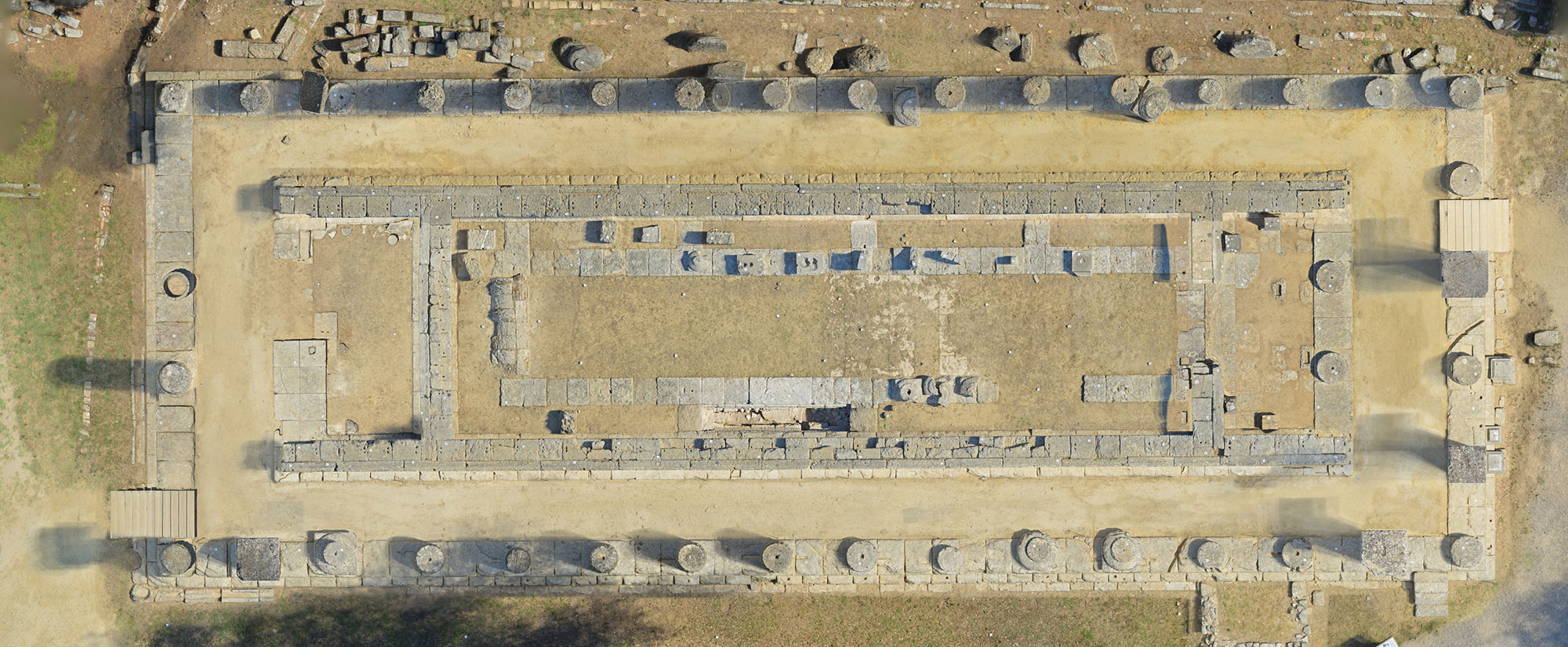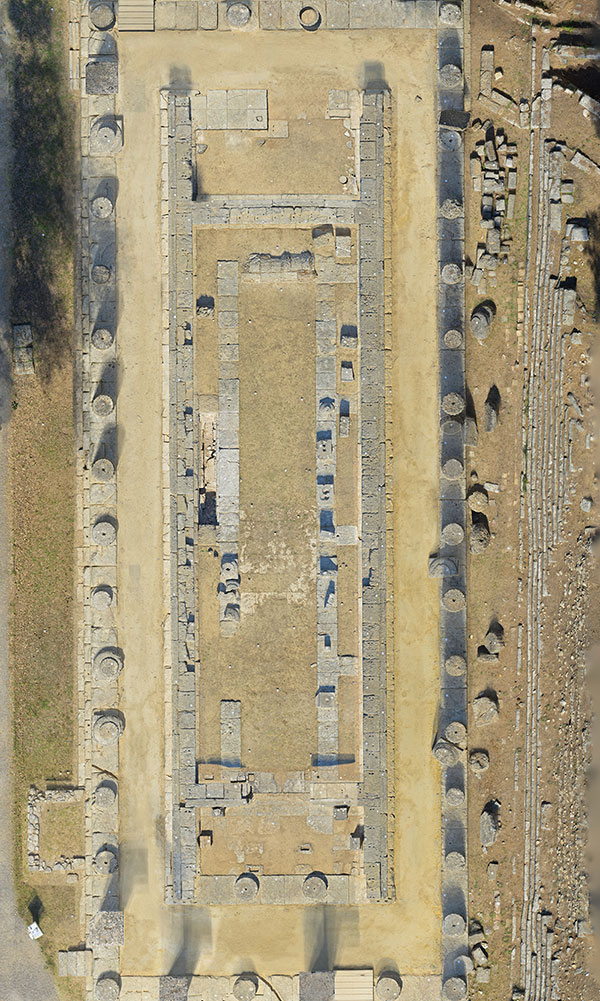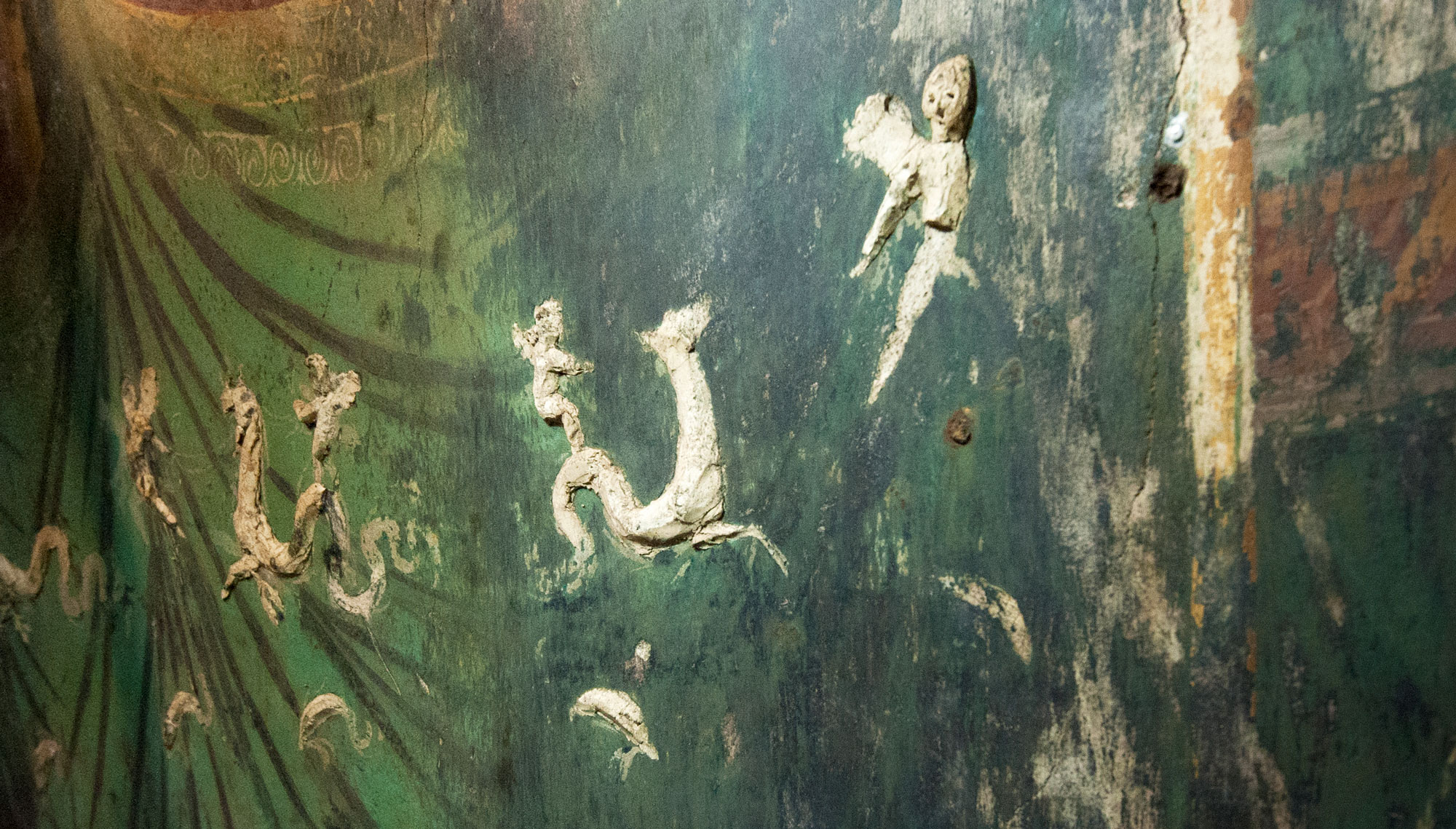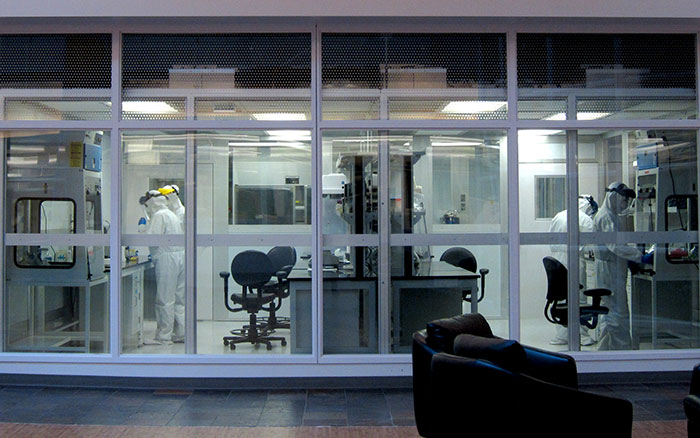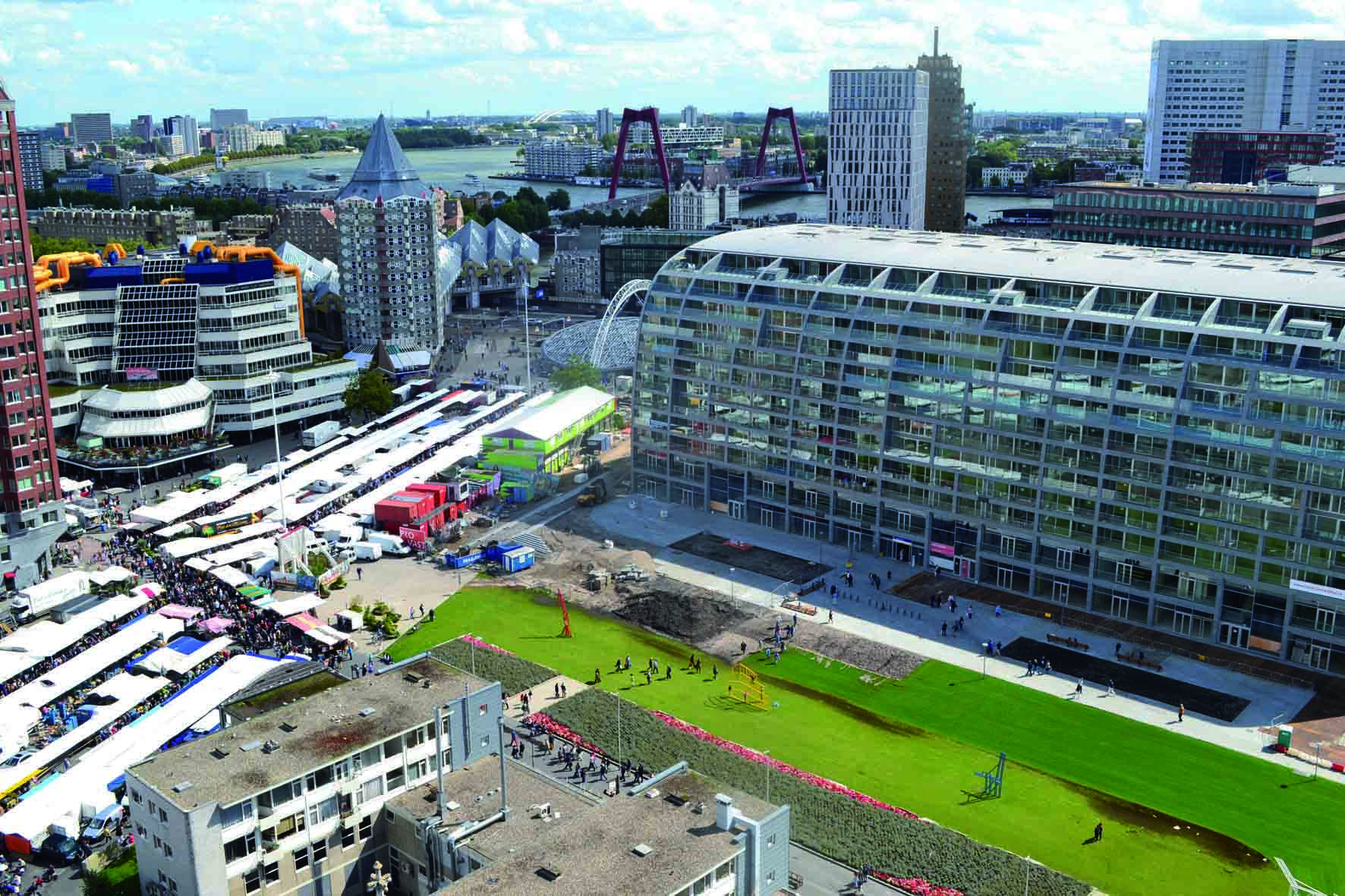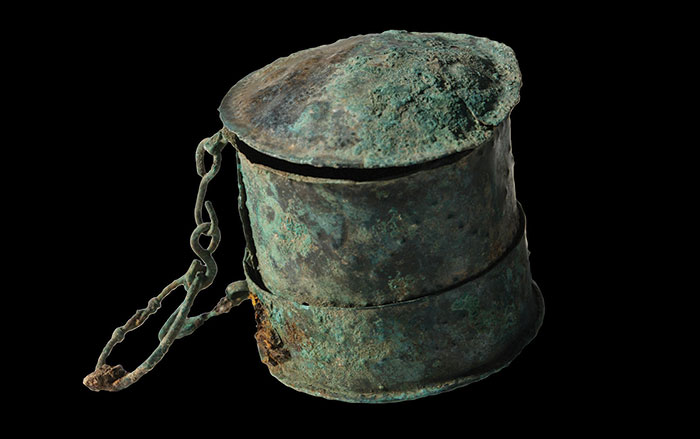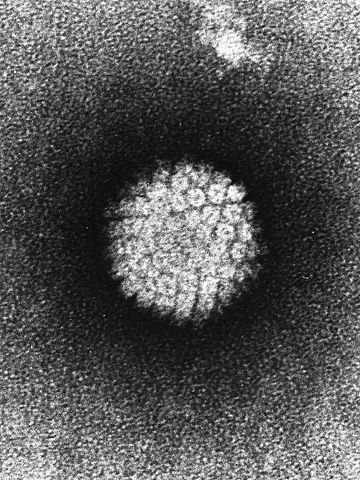
BARCELONA, SPAIN—According to a report in Laboratory Equipment, a new study of a cancer-causing human papillomavirus (HPV16) suggests that its variants evolved separately with archaic and modern humans. HPV does not leave any trace of infection in the bones, so it was not possible to extract ancient forms of the virus from human remains. Instead, scientists Ville Pimenoff of the Catalan Institute of Oncology and Ignacio Bravo of the French National Center for Scientific Research sequenced the genome of the HPV16 virus and its five main lineage subtypes, then reconstructed its evolution over thousands of generations with computer algorithms. Their results suggest that variant A evolved with archaic humans, while three other variants evolved with modern humans. Migrating modern humans then may have been infected with viral variant A through sexual contact with Neanderthals and Denisovans. The study suggests that variant A was able to thrive in the modern human population because the modern human immune system had not evolved the mechanisms necessary to keep it in check. The researchers say that this could explain why the HPV16A variant is rarely found in sub-Saharan Africa, while it is the most common variant in the rest of the world. To read in-depth about the study of microbes in the archaeological record, go to “Worlds Within Us.”


